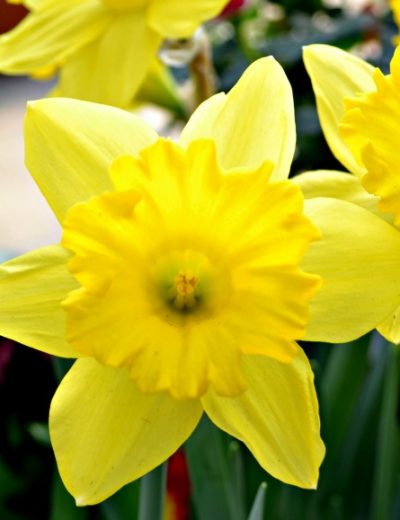Pansy comes from a French word for thought or memories. The common pansy’s scientific name is Viola x wittrockia and was named after Professor Brecher Wittrock, a Swedish botanist (1839-1914). They are a cross between Greek violets, V. tricolor and V. altacia (from Russia). They have been cultivated in gardens since the 1600’s. Violas have been used in gardens since 400 BC (from Viola cornuta). They were cultivated commercially by the Greeks. Now pansies and violas provide one of the largest color selections of any cultivated annual!
Where & How to Plant Pansies
Pansies like it cool because of their alpine origins. They do well in sunlight but if the weather gets too warm the Pansies will not perform as well. They need well-drained soil that is humus rich. Plant in beds about 7-12 inches apart.
How to Care for Pansies
They need regular watering. Mulching will help to retain moisture. Plant pansies with a slow release fertilizer such as Fertilome Premium Bedding Plant Food (7-22-8) at about 6 – 10 inches apart. Water them in well at planting.
When to Plant Pansies in NC
Plant pansies in late September-early October in NC for optimal blooms. They will establish better while soil is still warm from the summer and they will have time to develop root systems before the first freeze of the winter. To keep them blooming after a hard freeze cover them lightly with pine straw and remove after freeze.
Download Our Pansy Guide!
Pansies have 4 Major Bloom Sizes:
- Largest Blooms: 3-4” Majestic Giants & Colossus.
- Large-Medium: 2 ½ – 3” Deltas
- Medium – Small: 2” Panola & Pandora (Between a viola and a pansy)
- Small: 1 – 1 1/2” Violas. They take the cold best. Remember the smaller the bloom the more prolific the blooming.
Cool Wave Pansies are a New Introduction of abundant-blooming pansies with a trailing and spreading growth habit. These pansies are perfect for hanging baskets and container gardens.












